Coity Castle | Visit Amazing Welsh Castles
Coity Castle is a medieval stronghold situated near Bridgend in South Wales. The site features a combination of Norman military architecture and later domestic buildings.
Originally established during the Norman conquest of Glamorgan, it offers insight into the feudal history of the region.
The remains today include curtain walls, gatehouses, and residential chambers. The site is managed by Cadw, the historic environment service of the Welsh Government. It remains free to visit and is popular for its peaceful setting and historical significance.
Quick Facts
Location: Coity, near Bridgend, South Wales
Type: Norman castle with later medieval modifications
Built: Circa late 11th century
Founder: Payn de Turberville, one of the Twelve Knights of Glamorgan
Current Status: Ruined; open to the public free of charge
Managed by: Cadw (Welsh Government heritage organisation)
Dog Policy: Dogs allowed on leads
Parking: Small lay-by nearby; no dedicated car park
Notable Feature: Prominent round tower and substantial curtain wall remains
Brief History
The castle dates back to the late 11th century. It was built by Payn de Turberville, a Norman knight who received lands in Glamorgan following the Norman conquest. The castle served both as a military fortification and a residence.
During the 12th and 13th centuries, the castle underwent several modifications. These included the addition of a stone keep and curtain walls. The Turberville family retained control of it for several generations.
In the 14th century, the Gamage family acquired the castle through marriage. They continued to develop the site, adding domestic buildings and reinforcing defences. The Gamages occupied it until the early 17th century.
The site fell into decline after the English Civil War. By the 18th century, it was recorded as a ruin. Despite this, many sections remain well-preserved, making the castle a notable example of Norman and medieval architecture in South Wales.
Features and Layout
The castle displays a mixture of early Norman military design and later medieval domestic features. The castle was developed in phases, resulting in a complex layout.
The earliest structure was a simple earthwork and timber fortification. Later, a circular stone keep replaced the original wooden tower. This central feature survives up to several metres in height.
Surrounding the keep is a curtain wall, parts of which are still standing. The curtain wall included defensive towers and a main gatehouse with arrow slits, designed for both defence and status display.
Inside the enclosure, visitors can see the remains of residential chambers. These include a great hall with large windows and fireplaces, indicating the castle's transition into a more comfortable manor-style residence during the later medieval period.
A notable feature is the rounded keep tower. It contains a spiral staircase with sections that are heavily worn from centuries of use.
Did You Know?
Some of the castle walls still feature carved graffiti from the 17th and 18th centuries, left by local visitors after the castle fell into ruin.
Images
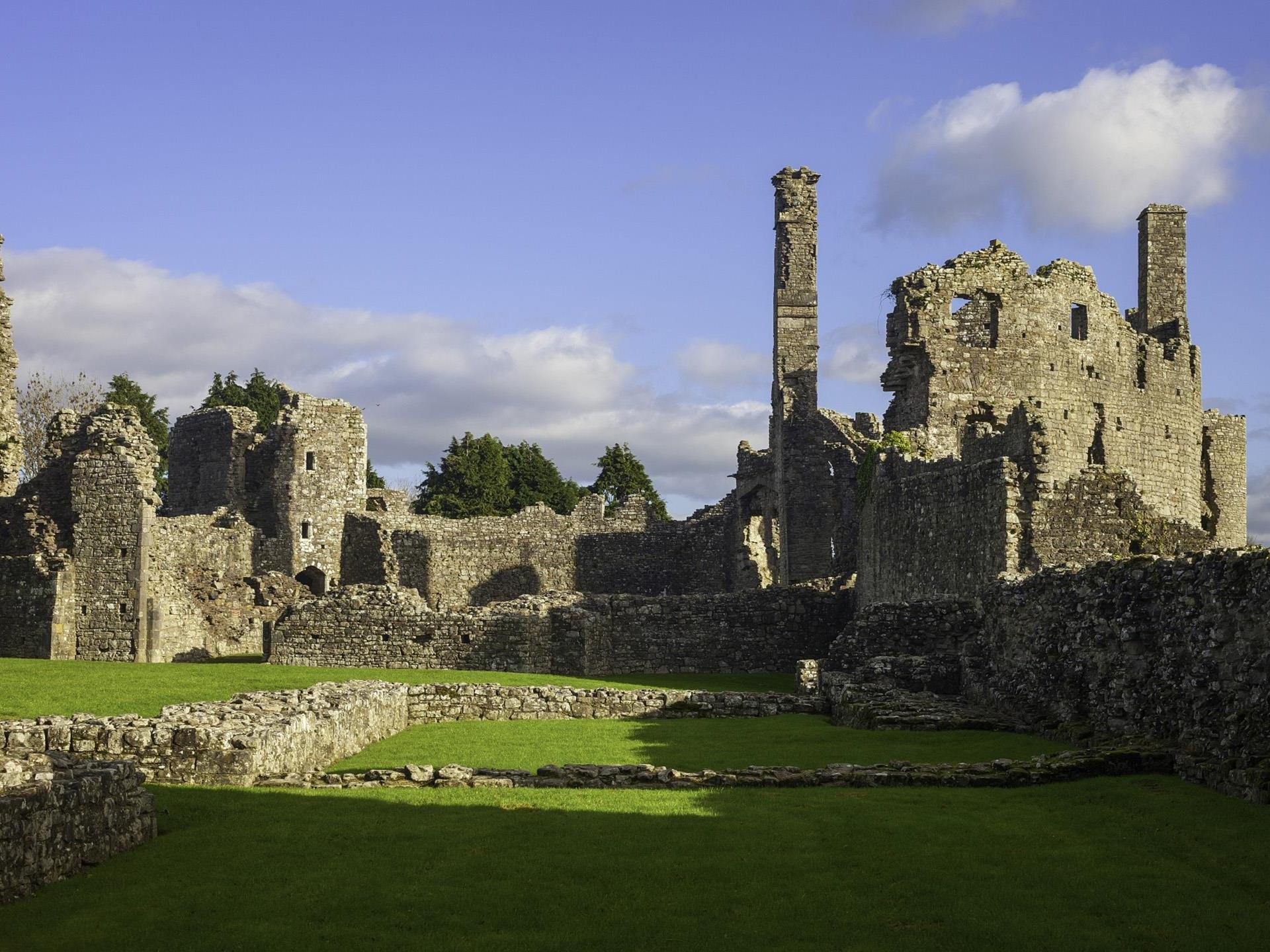
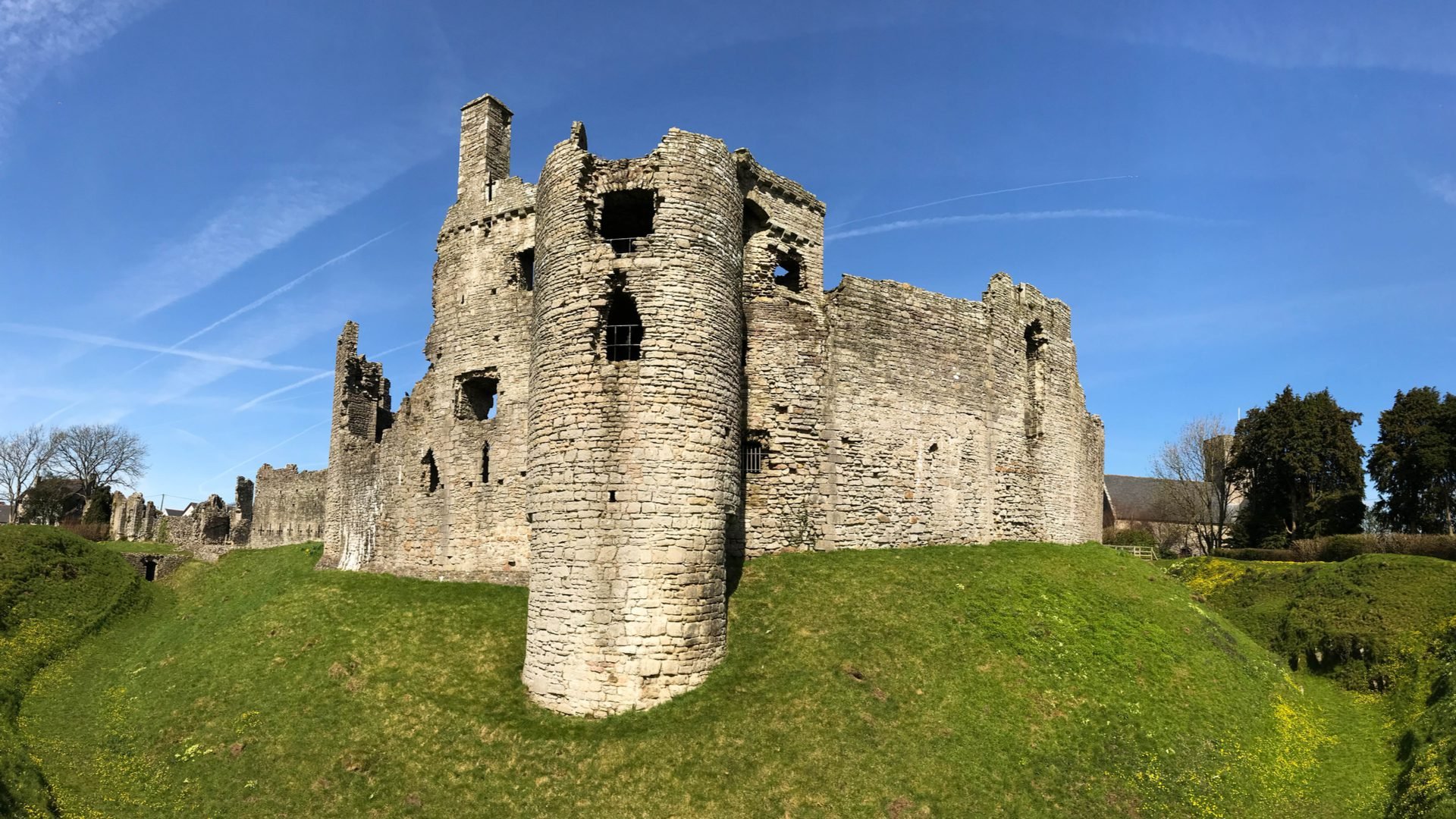
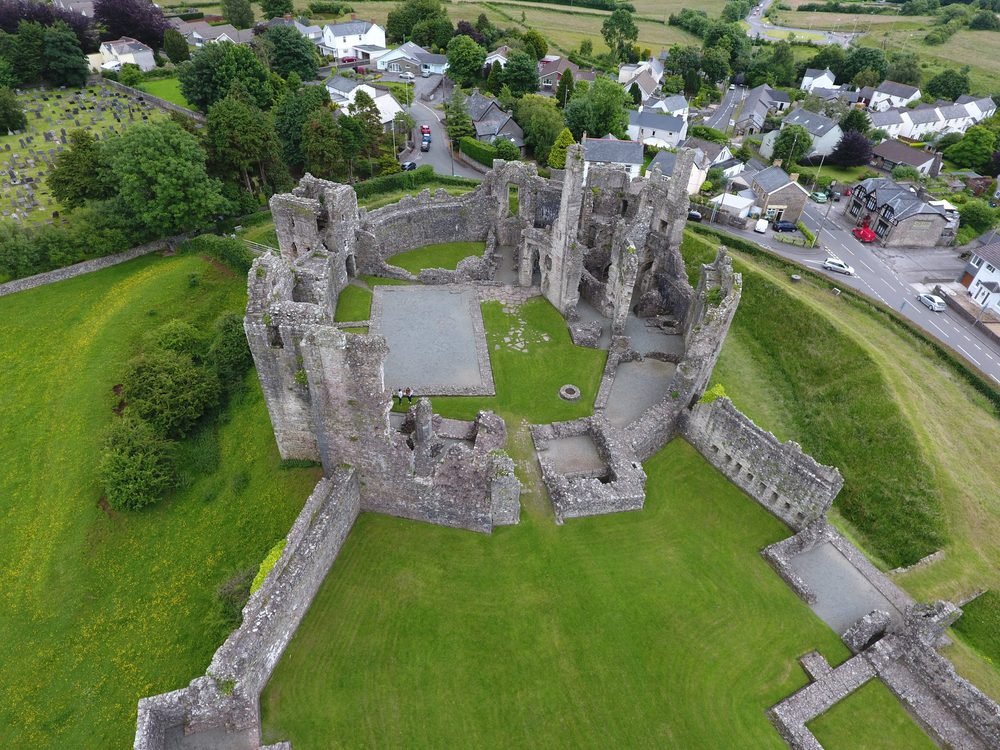
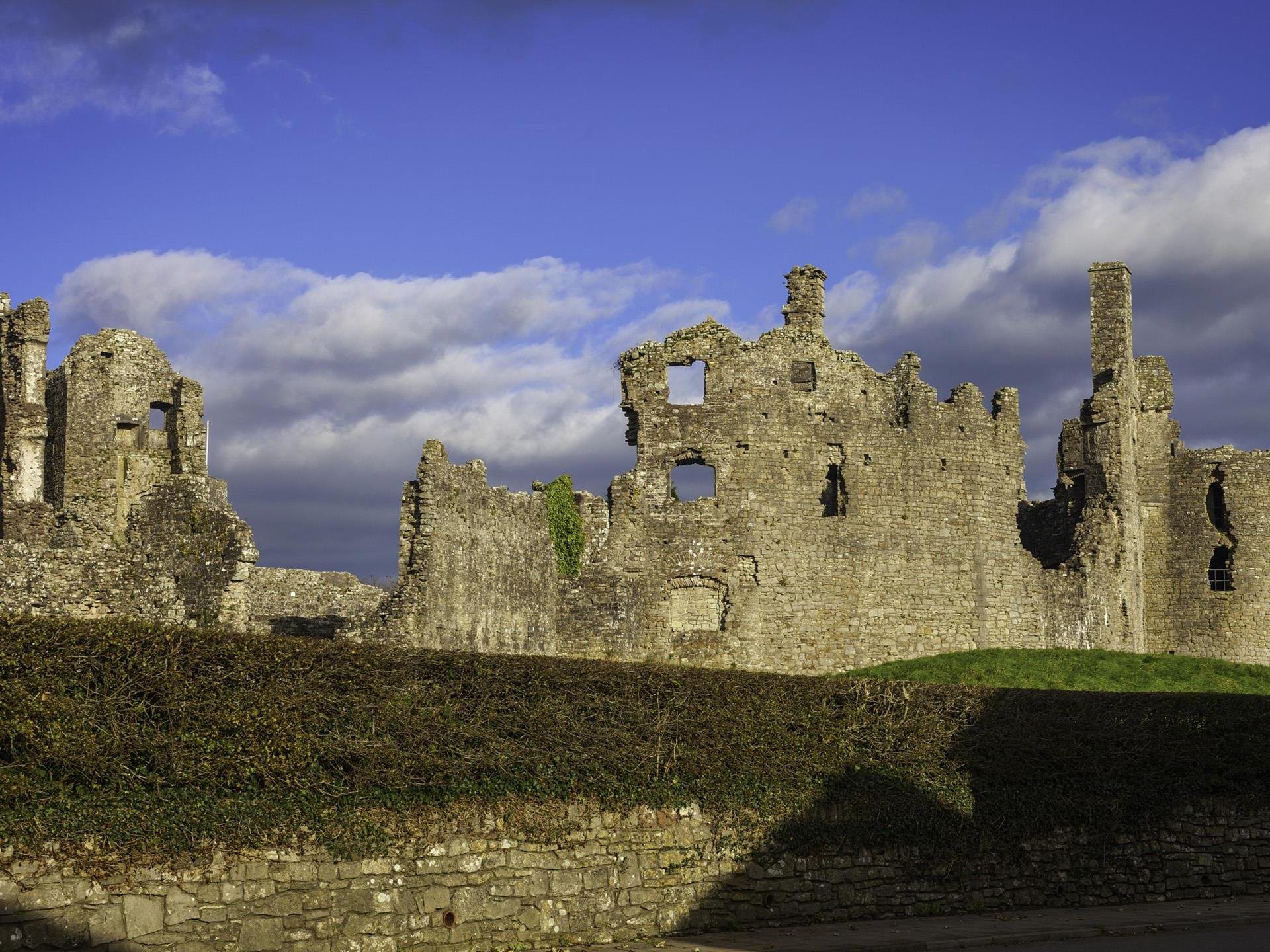
Legends and Stories
Local stories about the castle mainly centre around the de Turberville family. A well-known tale describes Payn de Turberville as having won Coity through combat. According to tradition, he is said to have challenged the Welsh lord to single combat for the land, claiming it through victory. However, historical records indicate it was granted by the Norman overlord Robert Fitzhamon.
Another story recorded by Bridgend tourism sources speaks of a “White Lady” haunting the castle grounds. She is thought to be a woman who died tragically during medieval times, although no historical evidence confirms her identity.
Some visitors have reported unusual sounds and cold spots within the gatehouse area. These stories are commonly shared by local guides and are popular among visitors interested in ghost tours, though the site is not formally recognised as haunted by Cadw.
Visiting
Always check Cadw for accurate opening times.
The castle is open to the public free of charge throughout the year, during reasonable daylight hours. According to Cadw, it operates 1 April–31 March, open daily across daylight hours.
Access & Facilities
Entry: Free. No ticket required.
Opening hours: Daylight hours; not marked with specific times.
Parking: One hard‑standing space at Castle entrance on Plas Road; additional on-street parking nearby.
Toilets: None on site; nearest facilities are available in Bridgend proper.
Terrain: Level ground with gravel paths; uneven surfaces and worn staircases within ruins.
Dog policy: Dogs allowed on leads only.
Restrictions & safety:
No smoking; no drones; no climbing on unstable walls.
Guardrails and warnings in place; moat may flood in heavy rain, avoid descent .
Getting There
By car: Take A4061 NE from Bridgend, then turn onto Plas Road to reach CF35 6BH.
By rail: Closest station – Bridgend, ~3.2 km (2 miles) away.
By bike: Using NCN Route 885 (~3 km).
By bus: Several routes connect Bridgend to Coity; nearest stops ~0.5–0.9 miles away.
Nearby Attractions
Visitors can explore several other historical and natural sites within a short distance.
Ogmore Castle
A Norman castle ruin beside the River Ogmore, offering scenic views and stepping stones across the river. Located approximately 8 kilometres southwest (cadw.gov.wales).
Newcastle Bridgend
A hilltop medieval castle with surviving curtain walls overlooking Bridgend town. About 3 kilometres south (cadw.gov.wales).
Bryngarw Country Park
113 acres of gardens, woodlands, and riverside walks. Features family facilities and a visitor centre. Approximately 4 kilometres north (bryngarwcountrypark.co.uk).
Bridgend Town Centre
Offers local shops, cafes, and heritage trails. Located 3 kilometres southwest (visitbridgend.co.uk).
Visitor Tips
Wear sturdy footwear. Some areas have uneven ground and worn staircases.
Dogs are welcome but must be kept on leads at all times.
Bring water and snacks. There are no facilities on-site.
Free parking is limited. Arrive early if visiting on weekends.
Check weather conditions. The site is outdoors and may be muddy after rain.
Combine your visit with nearby Ogmore Castle for a half-day historical tour.
Public toilets are available in nearby Bridgend town centre.
Bicycles can be secured at nearby railings but there are no dedicated racks.
FAQs
-
Most visitors spend around 30 to 45 minutes exploring the castle. The site is compact but offers good photo opportunities and information panels.
-
Yes, Coity Castle is suitable for children under supervision. There are no barriers around the ruins, so care is needed on steps and high walls.
-
There are no official guided tours. Visitors can use information boards on-site. Local history groups occasionally run events nearby.
-
Yes, you can bring a picnic. There are grassy areas around the ruins, but no dedicated picnic tables.
-
Access to the outer grounds is possible for wheelchairs with assistance, but most internal areas have steps and uneven surfaces.
Wrapping it Up
This castle offers a compact but informative experience for anyone interested in Welsh medieval history. The remains of its curtain walls, gatehouse, and tower illustrate the changes in castle design from the Norman conquest to the later Middle Ages. Its easy access and free entry make it a convenient stop for visitors to Bridgend and the surrounding area.
Sources
Cadw
Official Cadw information on the rchitecture, history, and management.
https://cadw.gov.wales/visit/places-to-visit/castell-coetyVisit Bridgend
Local tourist guide with historical details and access information.
https://www.visitbridgend.co.uk/attractions/CoityCastleCadwVisit Wales
Visitor information including location, contact details, and historical overview.
https://www.visitwales.com/attraction/castle/coity-castle-cadw-1206978TripAdvisor
Recent user reviews shedding light on accessibility and on-site experience.
https://www.tripadvisor.com/Attraction_Review-g186458-d7234828-Reviews-Coity_Castle-Bridgend_Bridgend_County_South_Wales_Wales.htmlSide Street Style
2023 blog post summarising castle restoration, layout, and visitor impressions.
https://www.sidestreetstyle.com/2023/03/exploring-coity-castle-bridgend-wales.htmlCadw News
Details about recent conservation programme and heritage care.
https://cadw.gov.wales/about-us/news/another-new-era-coity-castle-conservation-starts-spring
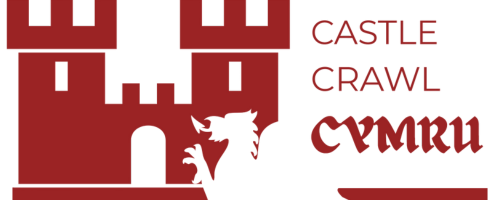

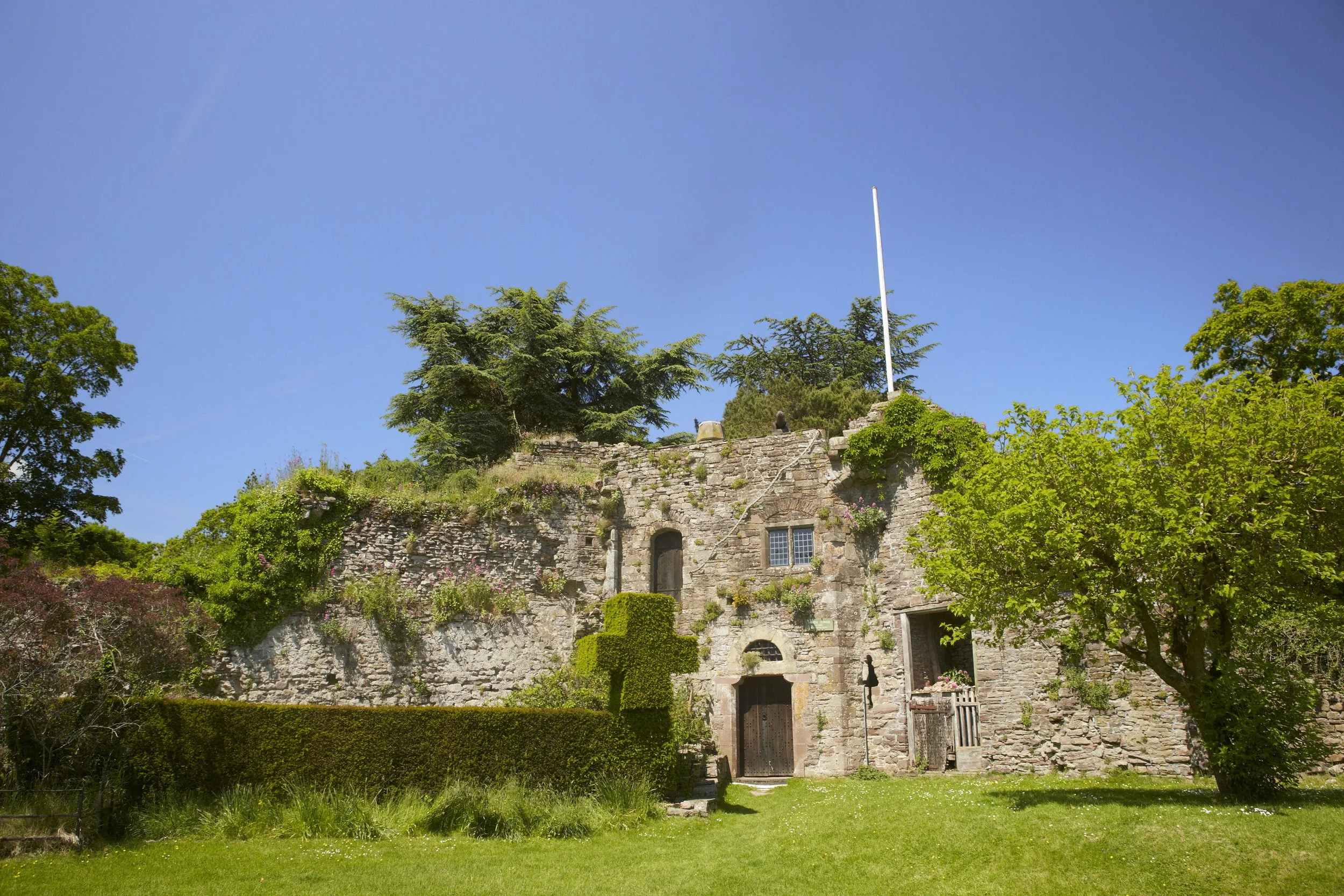
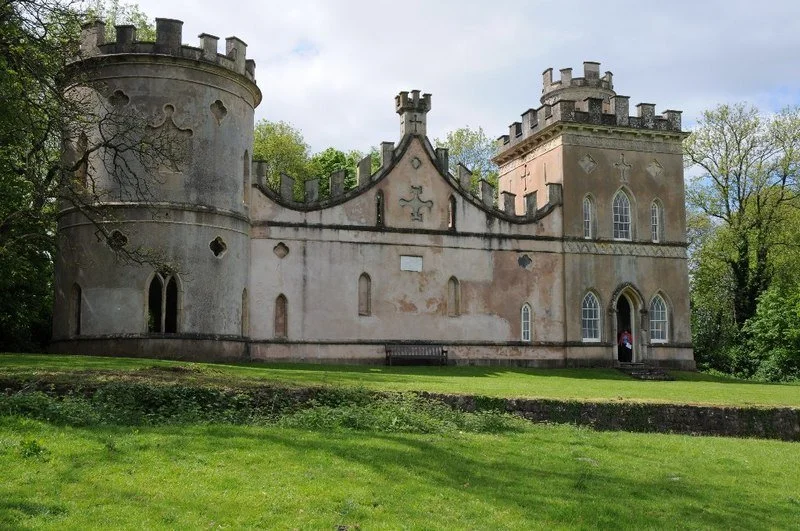
Cardiff Castle is a medieval and Victorian-era site in the centre of Cardiff, the capital of Wales.